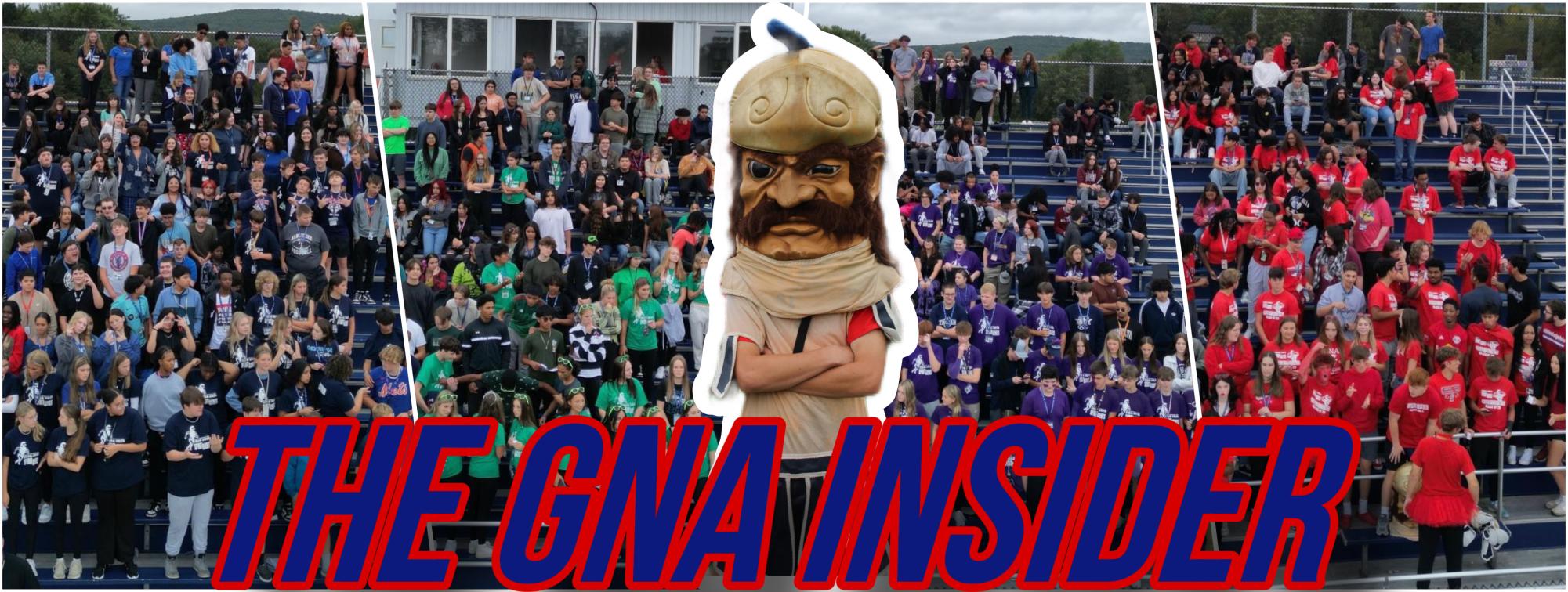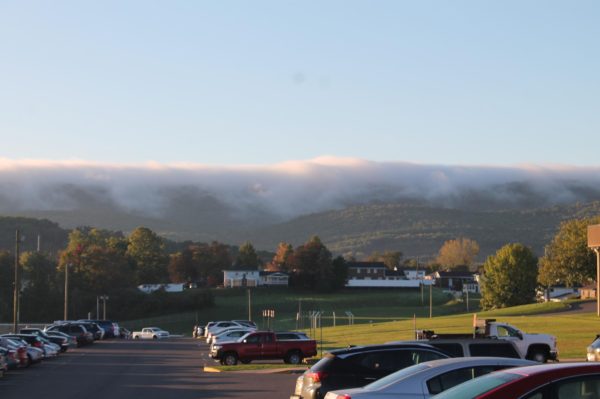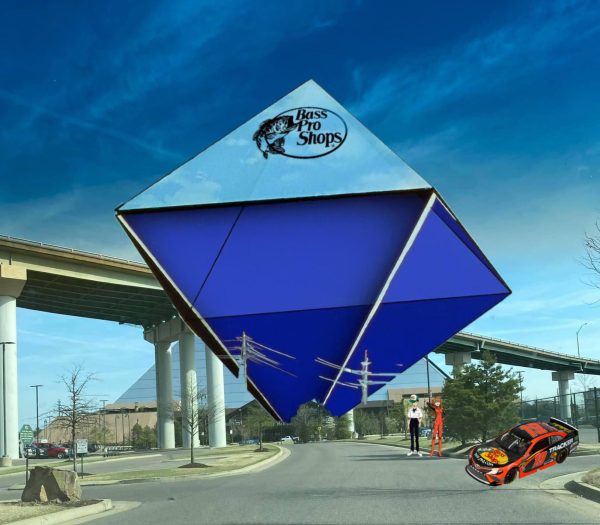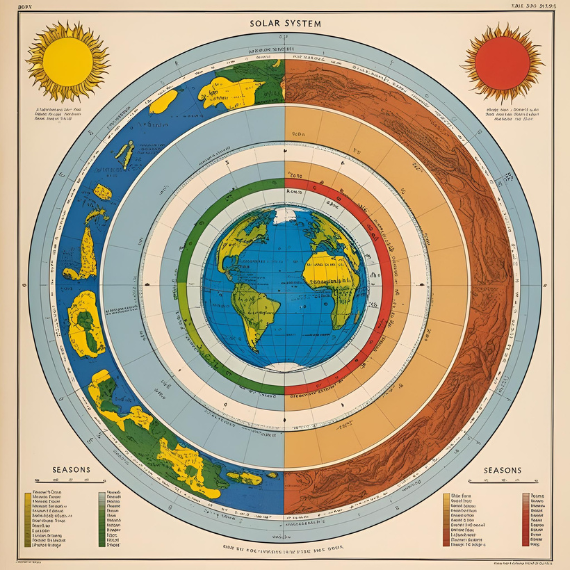The rise and decline of the gilets jaunes
The French populace is well-known throughout its history for its adeptness at protest—violent or less so. From the country’s mass student protests of 2006 against a proposed labor law to the Nuit Debout movement of 2016, driven by the stagnation of the nation’s economic development following the Great Recession, to the reign of guillotine-loving manics—the French Revolution itself—the people of the “nation of love” are in no manner novices in the matter of civil unrest. This ever-present and all-encompassing tendency to be overcome by a wave of national discontent has paved a path for one of the world’s most influential cultural, economic, and military powers to yield to the demands and needs of its residents; on the other hand, however, political instability has also been present to some degree during most modern phases of France’s development. In adherence with a “tradition” of centuries, a new such bout of insurrection has been prevalent in French politics since the final months of 2018, having spiraled from opposition to a single government plan into a political platform (and scapegoat) for the country as a whole. Its name? The gilets jaunes.
The gilets jaunes, or “yellow vests,” are among the most famous political movements in recent months, having first become a point of note in mid-November, following a proposition by the French government to impose a fuel tax upon its populace and decrease taxes on the wealthy, among other economic issues. This (mostly budgetary) proposal drastically decreased the popularity of French President Emmanuel Macron and instigated discontent across the country, with residents of Paris being the first to express their ire. On November 17, 2018, the first wave of protests initiated, with hundreds of thousands of individuals gathering in many major cities, dressed in their namesake yellow vests—a reflective item of attire which all drivers are required to possess in case of an emergency—and drawing attention from domestic and international citizens and media outlets.

The gilets jaunes gather in front of the Arc de Triomphe in Paris.
The demonstrations, which have been held weekly on Saturdays since their original conception, have—especially at their outset—wreaked a considerable amount of havoc upon historic and private sites in locations where they take place. In the first iterations of the protests, the world-famous Arc de Triomphe was vandalized with graffiti; additionally, many vehicles (and, in some cases, even stores) were damaged and set ablaze by rioters in a display of strength. This destruction has prompted a reaction from the government and police forces across the nation, including official condemnations of the lack of order and the usage of tear gas, flares, and rubber bullets by law enforcement officials. The utilization of these latter objects and methods of forcing obedience has been criticized by both activists within France itself and human rights experts within the United Nations, having caused several individuals to lose their eyes or in other ways invoking physical disabilities upon them.
While this hard—in some cases personally damaging—labor has reaped certain rewards, their quantity has been sparse. In the first weeks of the movement, the aforementioned proposed fuel tax was removed from the French economic plans and promised to increase the minimum wage; nevertheless, one of the main demands of the protesters—the reinstatement of the wealth tax which President Macron had scrapped upon assuming his position—was not met, leading to controversy over Macron’s political leanings and bias towards the economically successful populace. The internal unrest which the gilets jaunes have caused has also led to decreases in France’s ability to financially function and compete on an international scale, as one of the main means of protest promoted by members of the movement has been blocking important roads and roundabouts and closing stores. Counter-protests have been launched on several occasions in response to the havoc which the protests have wreaked upon certain sectors of the French government.
Taking to the streets is, doubtless, an effective and time-tested means of expressing one’s discontent to a ruling party; this principle has arguably been most powerfully expressed in France. Changes have been made in the nation by these means, both in recent times and throughout previous centuries. However, be one a protester, the law enforcement, or the government itself, one must not lose sight of the values which keep societies together and which keep persons’ lives intact—peace and de-escalation of violence. Therefore, while the gilets jaunes are fighting a cause of, perhaps, noble qualities, the manner in which they participate in this battle (and, indeed, the manner in which their efforts are being combated) are in the interests of neither the French populace nor their overarching government.

My name is Daniel Shevchenko, and I am a sophomore at the Greater Nanticoke Area High School. I have lived in Nanticoke for six years, having moved here...












